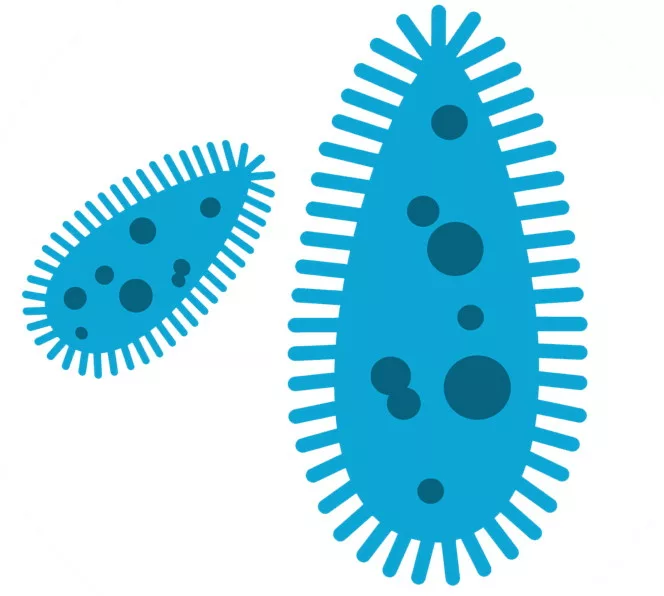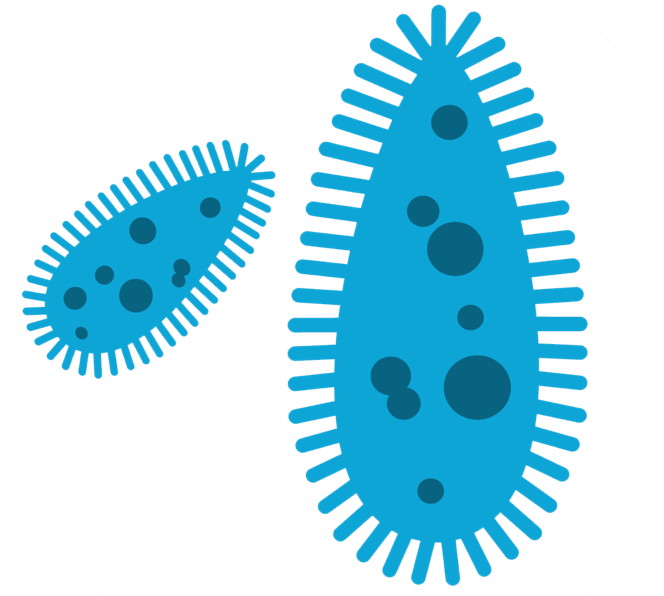As a mother of three children, it is vitally important to me to ensure that antibiotics are effective when one of my kids is sick. As a veterinarian, I also took an oath to protect animal health, prevent animal suffering and to promote human health. From this vantage point, I see all sides of the antibiotics discussion.
From my twenty years as a veterinarian, I know that the animal health community cares deeply about producing safe food that contributes to human health, while also ensuring animal well-being. Protecting the effectiveness of antibiotics is part of that mission. Animal medicines must be used responsibly to minimize agriculture’s contributions to antibiotic resistance. So, how do you know whether farmers, veterinarians and the animal health community overall are taking the issue of resistance seriously? A good start is to examine changes that are in the works.
The animal health community sat down with the Food and Drug Administration (FDA) and the American Veterinary Medical Association (AVMA) to develop guidelines for the responsible use of antibiotics in animals that produce food. Actions speak louder than words! There are real changes involved, not just a lot of talk.
For example, antibiotics that are important to human medicine will be allowed only for the treatment, prevention and control of disease in animals – not for growth promotion. Also, oversight by veterinarians is increasing, including the requirement of a veterinary feed directive (VFD) (essentially a prescription from a veterinarian) to treat food producing animals with antibiotics that are important in human medicine. Similar medications used in water for livestock will also move to prescription.
It’s important to understand the impacts of all uses of antibiotics on resistance so effective strategies can be developed to minimize it. But, I strongly believe that it is also important for the public to understand the benefits of antibiotic use to treat sick animals. We run the risk of doing more harm than good if we fail to understand the needed balance.
Many people may not be aware that antibiotic use in food animals makes food safer. The medicine helps to keep animals healthy, which reduces bacteria entering the food supply. Antibiotics also help to prevent animal suffering. Sometimes we lose track of the ethical aspects of antibiotic use in all of the talk about resistance. When an animal is sick with a bacterial infection, treating it with antibiotics is simply the right thing to do. I should also mention the benefits to the environment. Because sick animals grow more slowly, they require more food and water, which requires more acres of land to grow the crops used for animal feed, and so on. Therefore, practices that help to protect animal health are good for the environment.
I hope this information helps to explain the issues surrounding antibiotic use and resistance. One thing is certain, there remain many unanswered questions. As I write about these issues and others, I can assure you of one thing: I will do my very best to present information accurately and to honestly answer questions you send me. Complex issues require thoughtful, well-informed responses. That’s why I’m proud of the animal health community, the public health community and government experts who are working together to find answers and to minimize antibiotic resistance. I invite you to peruse the Resource Library if you are interested in more detailed information. You are also welcome to send me your questions or comments. My email address is AskDrDorman@pahc.com. I look forward to sharing what I’ve learned from 20 years as a veterinarian as we engage about animal health issues.

